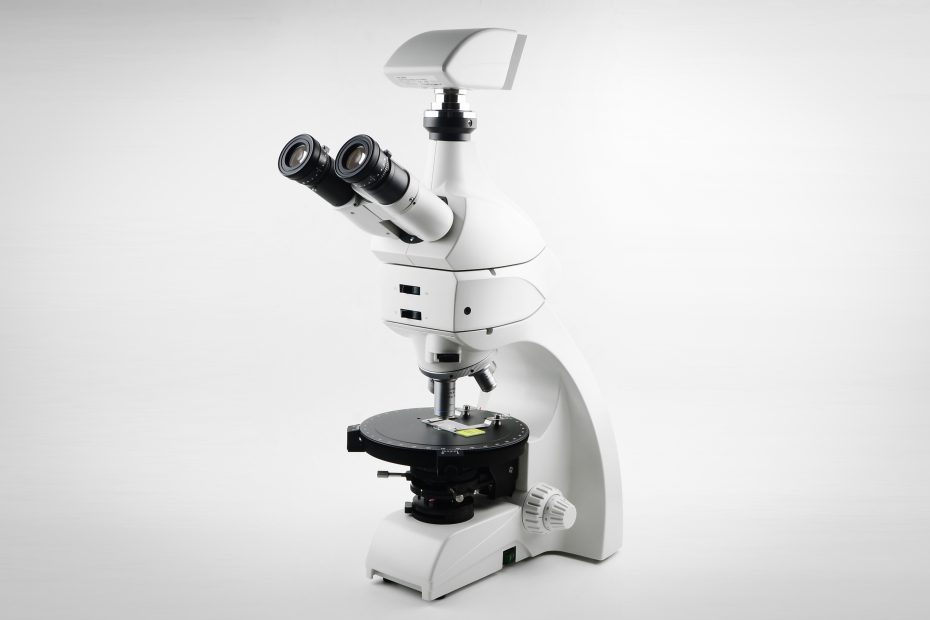An optical microscope is a general term for microscopes that use visible light and glass lenses to magnify and observe objects. This is the traditional form of microscope, first invented before the 18th century and still in use today.
Optical microscopes have historically been used to observe organisms such as microorganisms and cells of animals and plants, so they are also called biological microscopes.
An optical microscope uses one or a series of lenses to magnify images of small samples under visible light. A lens is placed between the sample and the observer’s eye to magnify the image so it can be examined in more detail.
Optical microscope structure
Currently, used optical microscopes are generally compound microscopes that combine objective lenses and eyepieces.
In a typical optical microscope, the light source is located below the sample, and the light passing through the sample is magnified by the objective lens for observation.
Therefore, opaque objects cannot be observed. To observe such samples, they must be sliced and mounted on glass slides or similar objects.
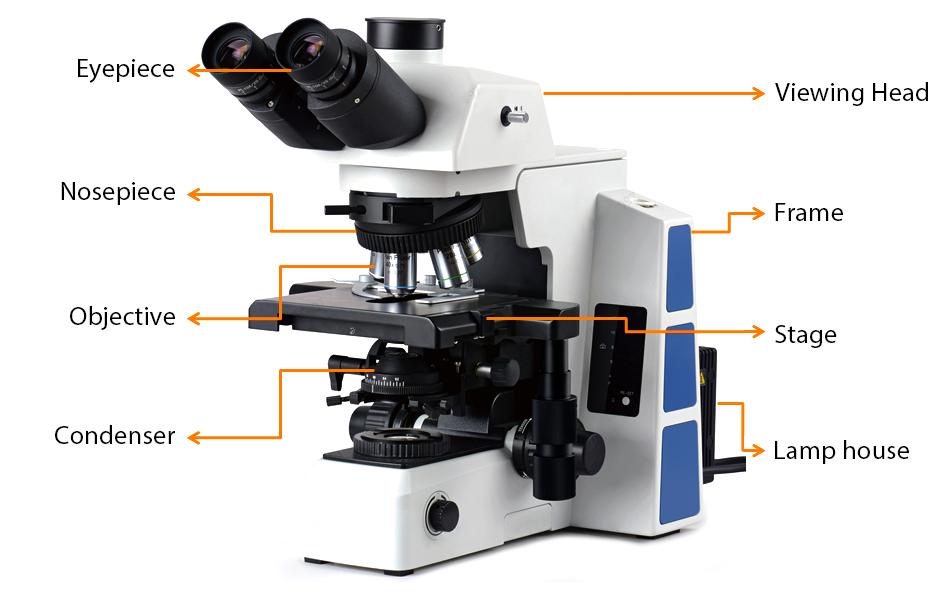
Stereo microscopes are used to observe objects that cannot be processed into thin slices.
A stereo microscope is an optical microscope that projects light down onto a sample. The reflected light is then magnified by the objective lens for observation.
Stereo microscopes have two eyepieces that allow for the same 3D observations as observing samples with the naked eye.
Stereo microscopes are used for relatively low magnification observations. A metallographic microscope is used to observe light reflected from a sample at high magnification.
Types of Optical Microscopes
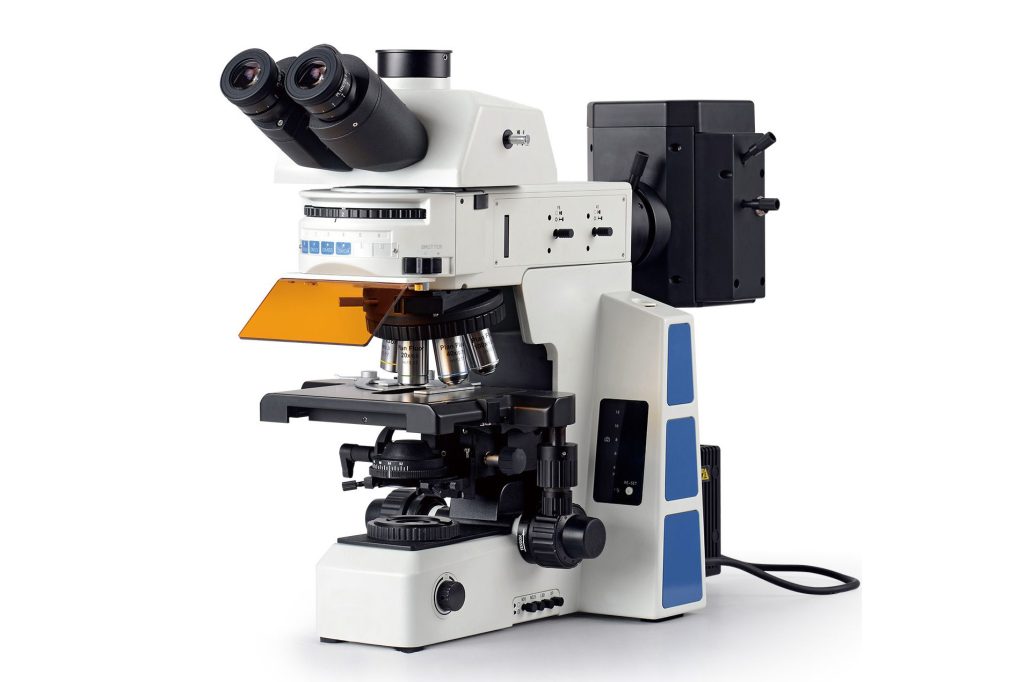
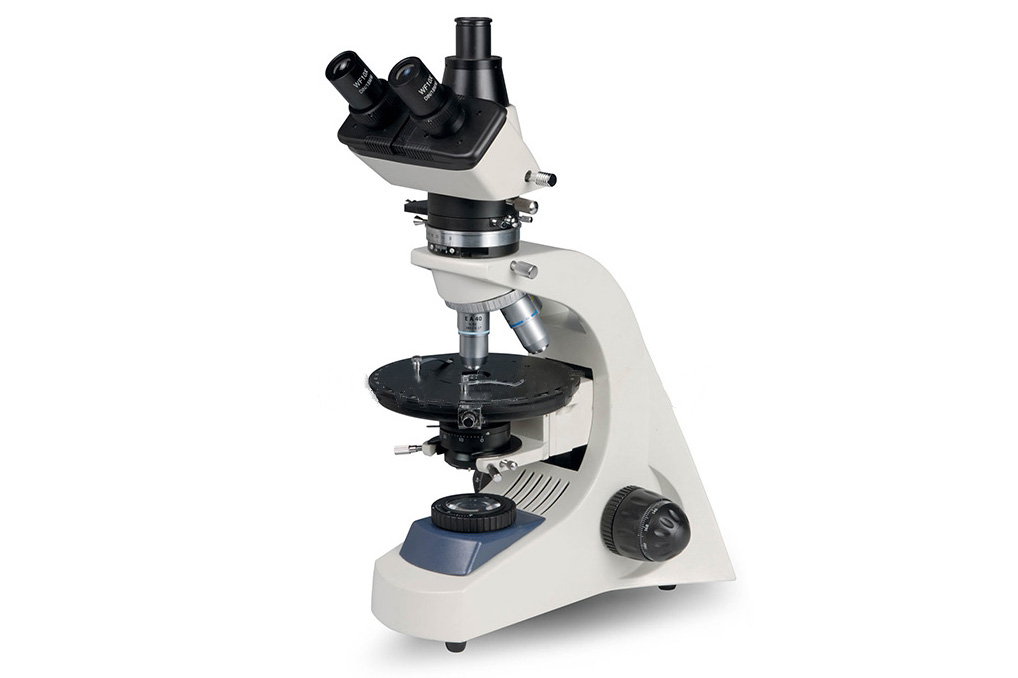
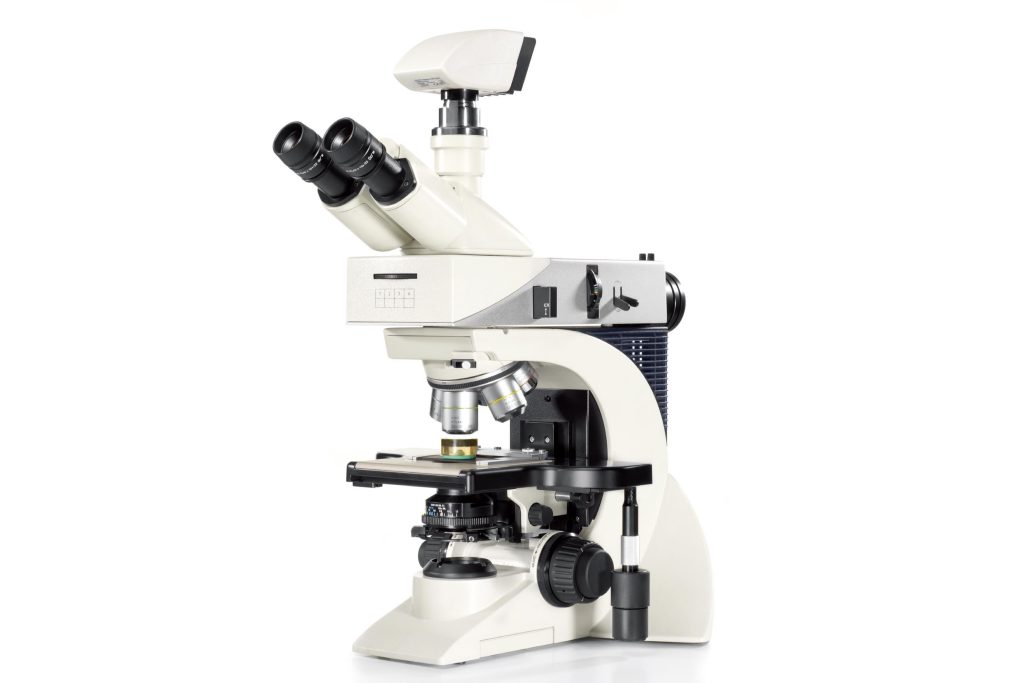
There are many types of light microscopes. They can range from very basic designs to highly complex designs that offer higher resolution and contrast, and there are several ways to classify light microscopes:
- According to the number of eyepieces used, it can be divided into trinocular, binocular, and monocular microscopes
- According to whether the image has a stereoscopic effect, it can be divided into stereoscopic and non-stereoscopic microscopes
- According to the object of observation, it can be divided into biological and metallographic microscopes, etc.
- According to the optical principle, it can be divided into polarized light, phase contrast, differential interference contrast microscope, etc.
- According to the type of light source, it can be divided into ordinary light, fluorescent light, infrared light, laser microscope, etc.
- According to the type of receiver, it can be divided into visual, photographic, and television microscopes, etc.
Commonly used microscopes include binocular zoom stereo microscopes, metallographic microscopes, polarizing microscopes, and ultraviolet fluorescence microscopes.
Image
Light microscopes can produce photomicrographs using standard light-sensitive cameras. Photographic film is traditionally used to capture images.
Advances in technology now allow digital images to be taken with CMOS and charge-coupled device (CCD) cameras in optical microscopes. Therefore, images can be projected onto a computer screen in real-time to examine samples using these digital microscopes. This increases the ease of use, as eyepieces are no longer required.
The magnification of a compound optical microscope depends on the eyepieces and objective. It is equal to the product of the magnifications of these lenses (for example, a 10x eyepiece used with a 100x objective gives a final magnification of 1000x.)
Operation of the Light Microscope
In order to use a light microscope effectively, it is important to ensure that the microscope is set up correctly.
The objective lens should be placed close to the sample under study to allow light to enter the microscope tube. This creates a magnified, inverted image of the sample that can be viewed through the microscope’s eyepieces.
Applications of Optical Microscopy
Optical microscopes are used in a wide range of applications, mainly including national defense technology, scientific research, environmental protection, agricultural development, industrial modernization, cultural education, and medical care.
Due to its special status and role, practice and facts have also proved that the market of optical microscopes is very large, and the fields involved are also very extensive and deep. We also believe that the market development of optical microscopes will be even broader tomorrow.
Its application areas mainly include:
①Optical microscopes are indispensable and widely used instruments and equipment for scientific research. They are found in universities, scientific research institutes, factories, national defense and other scientific research institutions.
②Optical microscopes are commonly used testing equipment in the medical and health field. Almost all hospitals, epidemic prevention stations, clinics and medical schools in China cannot do without optical microscopes.
Optical microscopes can be used by medical and health units for the observation of microorganisms, cells, bacteria, tissue culture, suspensions, sediments, etc., and play a huge role in maintaining the health of the general public and disease inspection.
③Optical microscopes are also commonly used testing equipment in industrial production and are widely used in electronics, chemical, and other fields.
It can also observe opaque substances and transparent substances, such as metals, ceramics, integrated circuits, electronic chips, printed circuit boards, liquid crystal panels, films, powders, carbon powders, wires, fibers, coatings, etc.
At the same time, it is also an indispensable detection instrument in the fields of materials science, metallography, and rock identification.
④Optical microscopes have become an important part of modern national defense construction technology and equipment.
In the field of national defense science, the development of many new materials, the development of new products, the verification of new technologies, and the identification of new achievements are all inseparable from optical microscopes.
⑤Optical microscopes are widely used as an important detection method and guarantee technology in environmental protection, life sciences, animal husbandry, plant protection, criminal investigation, and judicial identification.
Limitations of Optical Microscopy
1. Multiple microscopes are required when there are different applications
2. Short viewing distance
3. Thin samples that need to be fixed on glass slides
4. The depth of field is shallow, it is difficult to observe the target with the uneven surface
5. Capturing images requires an optional camera, but capturing high-resolution images is difficult
6. No measurement function
Alternative Types of Microscopes
When the limitations of a light microscope are great, alternative types of microscopes may be more useful, and there are several other types of microscopes that can be used as light microscope alternatives. These include:
- Scanning Electron Microscope
- Transmission electron microscope
- Fluorescence microscope
- Atomic Force Microscope
- Scanning ion conductance microscope
- Scanning tunneling microscope
- UV microscope
- X-ray microscope
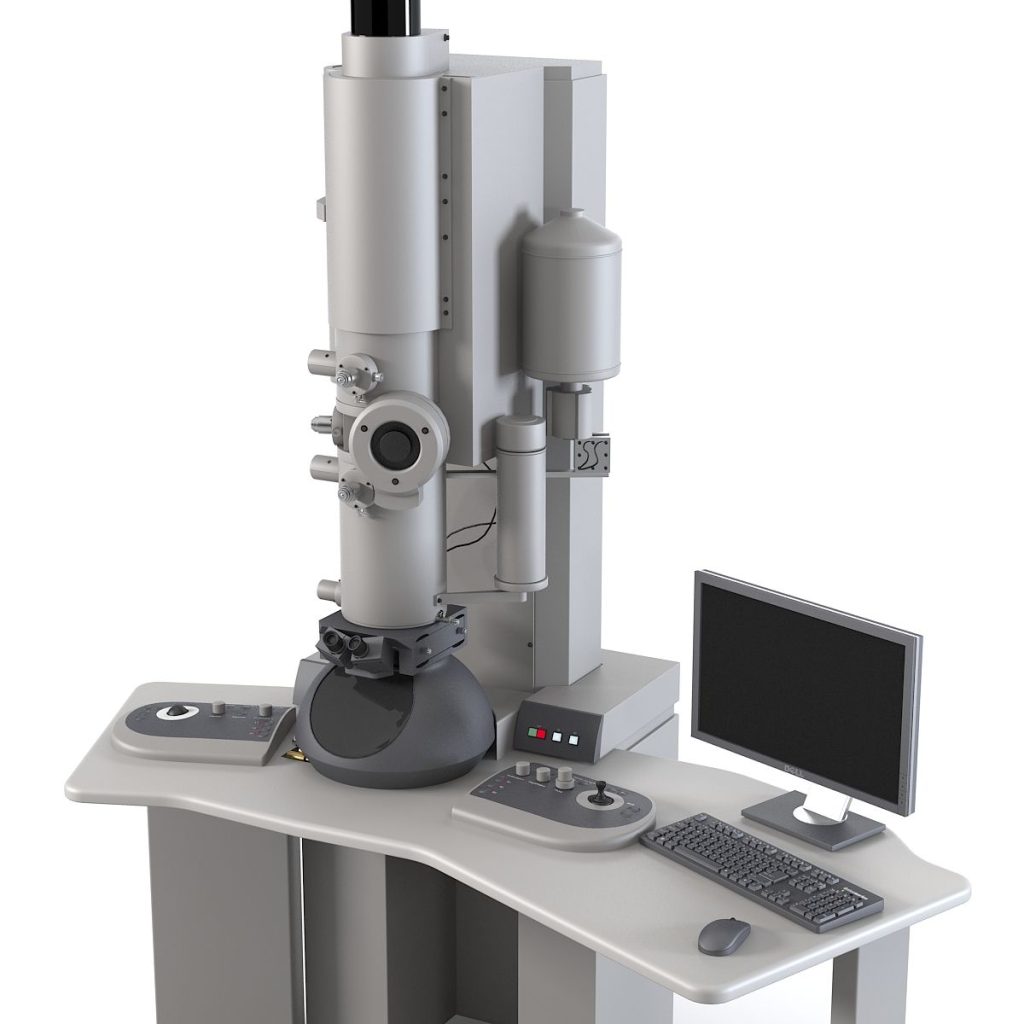
Unlike light microscopes, these types of microscopes do not use visible light to view samples.
